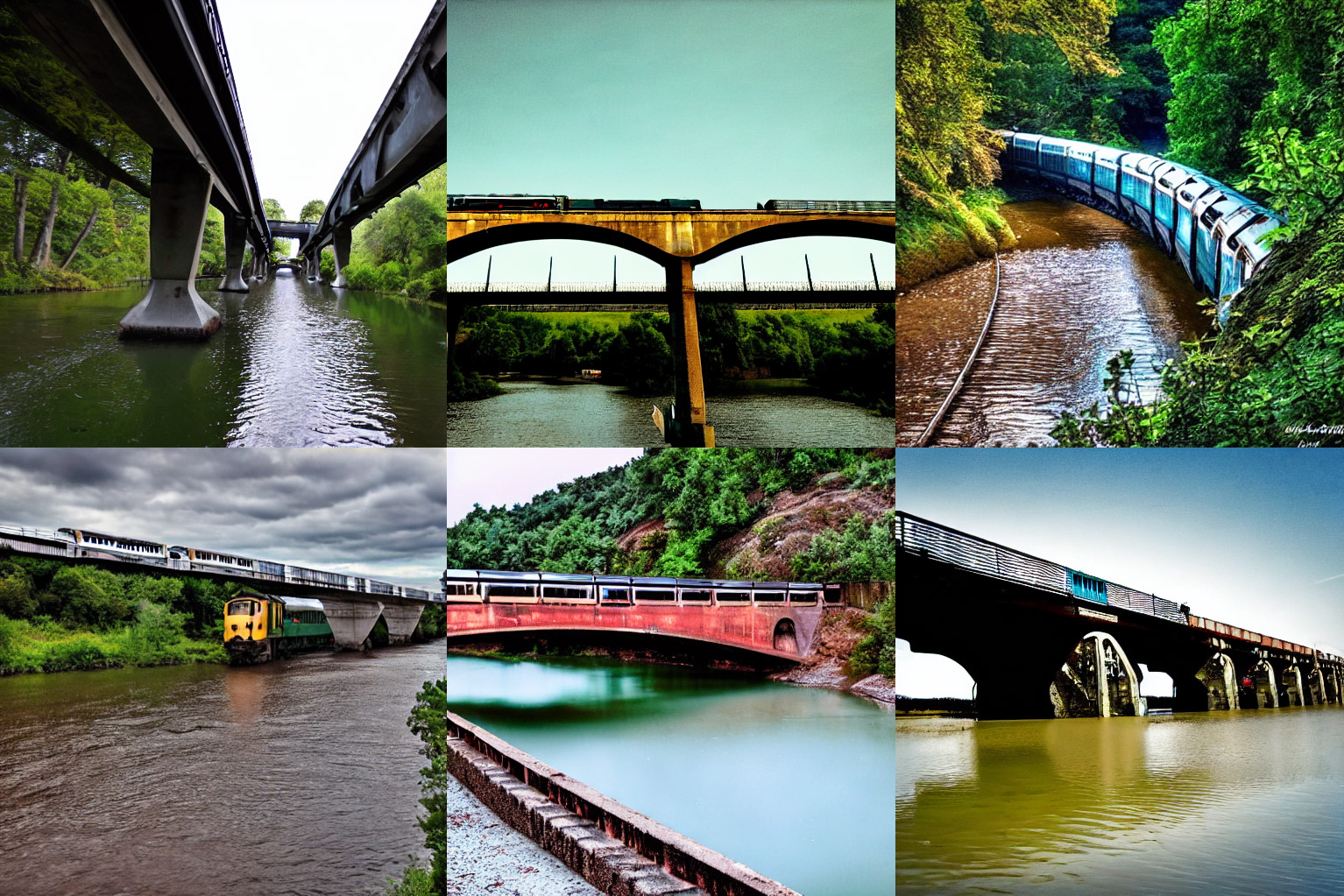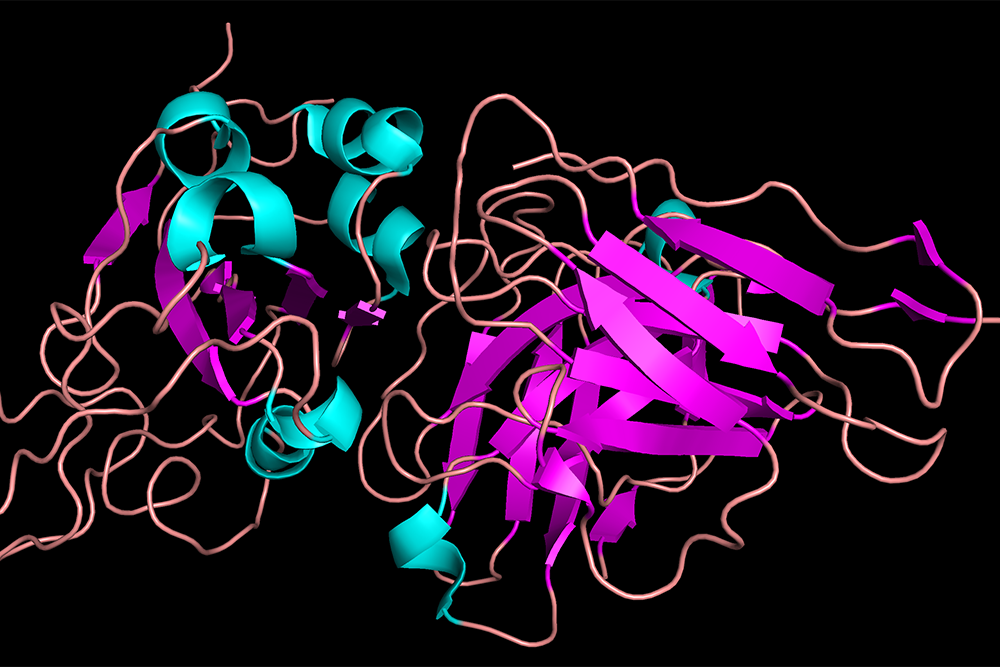Behold the ‘Magic Valley’: Brandon Tieh’s Stunning Scene Showcases Peak Creativity, Powered by RTX and AI
This week’s featured In the NVIDIA Studio 3D artist Brandon Tieh puts his artistic talents on full display with his whimsical scene “Magic Valley.”

Editor’s note: This post is part of our weekly In the NVIDIA Studio series, which celebrates featured artists, offers creative tips and tricks, and demonstrates how NVIDIA Studio technology improves creative workflows. We’re also deep diving on new GeForce RTX 40 Series GPU features, technologies and resources, and how they dramatically accelerate content creation.
This week’s featured In the NVIDIA Studio 3D artist Brandon Tieh puts his artistic talents on full display with his whimsical scene Magic Valley.
An array of colors — from bright crimson to hushed blues and lush greens — help set the mood of the vivid scene, which took inspiration from Tieh’s love for video games, anime and manga.
His diverse pieces — along with the works of fellow Studio artists like Christian Dimitrov, Vera Dementchouk and Eddie Mendoza — take audiences to fantastical getaways in the latest Studio Standouts video.
To fuel creative work, the new GeForce RTX 4080 SUPER is available starting tomorrow in a limited Founders Edition design and as custom boards from partners, starting at $999. It’s equipped with more cores than the GeForce RTX 4080 and includes the world’s fastest GDDR6X video memory at 23 Gbps. In 3D apps like Blender, it can run up to 70% faster than previous generations. The video editing app Blackmagic Design’s DaVinci Resolve accelerates AI effects over 30% faster than the GeForce RTX 3080 Ti.

The RTX 4080 SUPER also brings great frame rates and stunning 4K resolution in fully ray-traced games, including Alan Wake 2, Cyberpunk 2077: Phantom Liberty and Portal with RTX. Discover what RTX 40 SUPER Series graphics cards and systems are available.
Stepping Into Magical Worlds
Tieh’s scene began as a sketch of what he envisioned to be a giant door in a grassy field.
“A very broad and abstract thought — but that’s sort of the point of fantasy,” he explained.

To bring it to life, he began by gathering assets such as rocks and grass from Quixel Megascans, the Unreal Engine Marketplace and ArtStation Marketplace.
The door required extra customization, so he modeled one from scratch, first sculpting it in ZBrush before importing it into Adobe 3D Substance Painter for a quick texture pass. Tieh’s GeForce RTX graphics card used RTX-accelerated light and ambient occlusion to bake assets in mere seconds.

Next, Tieh tackled modeling the obelisks and pillars in Blender, where RTX-accelerated OptiX ray tracing in the viewport ensured highly interactive, photorealistic rendering.

He then unwrapped his 3D assets onto a 2D plane, where he applied textures to the model’s surfaces to enhance realism — a key process called UV unwrapping.

With the textured assets in place, Tieh next built the scene in Unreal Engine. His technique involves focusing on the big shapes by looking at the scene in a smaller thumbnail view, then flipping the canvas to refresh his perspective — very similar to the approach concept artists use. He adjusted lighting by deploying the same technique.

“I’ve used NVIDIA GPUs all my life — they’re super reliable and high performing without any issues.” — Brandon Tieh
Unreal Engine users can tap NVIDIA DLSS Super Resolution to increase the interactivity of the viewport by using AI to upscale frames rendered at lower resolution, and enhance image quality using DLSS Ray Reconstruction.
Fog is another major component of the scene. “Fog is generally darker and more opaque in the background and becomes lighter and more translucent as it approaches the foreground,” said Tieh. He primarily used fog cards in Unreal Engine’s free Blueprints Visual Scripting system to add a paint-like effect.
The majority of lighting was artificial, meaning Tieh had to use a significant number of individually placed light sources, but “it looks very believable if executed well,” he explained.

From there, Tieh exported final renders with ease and speed thanks to his RTX GPU.
“There’s no secret tricks or fancy engine features,” said Tieh. “It’s all about sticking to the basics and fundamentals of art, as well as trusting your own artistic eye.”

Check out Tieh’s impressive portfolio on ArtStation.
Follow NVIDIA Studio on Instagram, X and Facebook. Access tutorials on the Studio YouTube channel and get updates directly in your inbox by subscribing to the Studio newsletter.





































